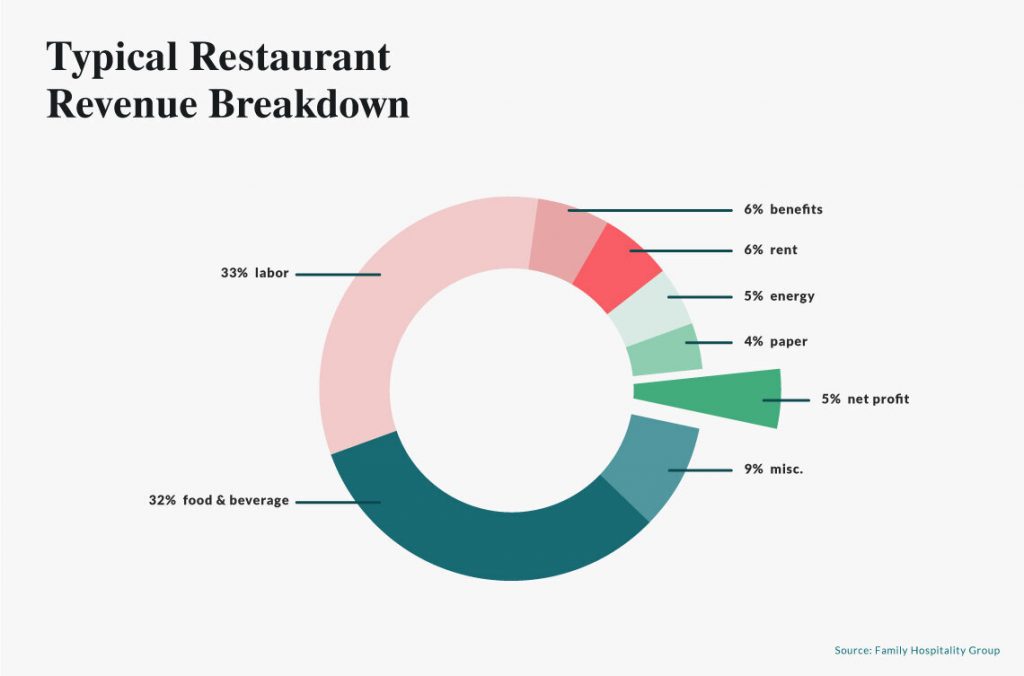Product sourcing is an essential aspect of ecommerce stores. Customers won’t find what they’re looking for if you don’t have it in stock. For this reason, ecommerce vendors should have everything they’re selling at the ready, and to do that you need to know how to source products from online.
How to estimate the profit margin ?
When you want to know how much product margins are for ecommerce vendors, the first thing you should do is conduct a competitive analysis. The competitive analysis can be done in many ways such as: – Competitor Analysis – Vendor Analysis – Product Margin Analysis
Here are seven tips for e-commerce product sourcing:
Find your niche
You’ll need to decide which type of products you want to start selling first. The more niche your products are, the better chance you have for success – think about what’s unique or special about your items and who might want them.
– e.g. Items that are only sold in a certain region
– e.g. Bespoke items made by individual artisans, designers or craftsmen
Explore what’s available to you locally and see if there is anything unique about the products being offered from your area without having to travel far away for sourcing opportunities.
Figure out your margins

You need to know what the price of your products is, and what your final selling price will be. For e-commerce shops, that’s typically going to be the wholesale price plus a few additional percentage points.
You should also consider the market price in different marketplaces to see your competitor offerings, although I do not suggest to do price competition by cutting price. However, most of the consumer will check for other’s prices.
Understand E-commerce value propositions
When people come to ecommerce stores, they want a good product at a good price. E-commerce stores are often more competitive than brick-and-mortar shops because ecommerce vendors have to compete with themselves.
If the e-commerce store you’re sourcing from is out of range for your desired profit margin, that’s okay – just move on and find a better place to source products without sacrificing quality or value.
Analyze the product trend to estimate the product demand by Google Trend
Google Trends provides a graph for the number of searches in a given area over time (historical data).
To use google trend to search for product in rising demand, type in e.g. “sandals” or the name of a product that you think would do well on ecommerce stores.
Keep an eye out for sale items

When they have a sale, it pays to keep an eye on ecommerce sites – this is where the best deals happen. It’s okay if a product isn’t just what you want; when there’s a deal on the table, you should stock the products when it’s in the sale price and sell high – this is an Online Arbitrage concept.
Keep costs in line with your margins
When you’re sourcing ecommerce products, make sure to keep ecommerce costs in line with your margins.
There may be ecommerce sites that offer free shipping, but their prices are higher to offset those costs.
How much you charge for shipping and handling also needs to be factored into your margin calculations.
Shipping costs can vary wildly depending on where you’re located geographically, so it’s always best to have those numbers in mind before you start sourcing from ecommerce sites.
Make e-commerce sourcing a multi-channel effort
Don’t rely solely on online marketplaces like Amazon or eBay. Instead, reach out to manufacturers and wholesalers directly to look for products that you can add to your ecommerce store.
Look through catalogs and e-newsletters from retailers or suppliers in order to find new sources of ecommerce products.
Learn how to contact e-businesses about product opportunities, like Alibaba – the e-heart of world trade with the majority of international e-businesses based in China. Alibaba is also known as the Amazon of China because it facilitates B2B activities between buyers and suppliers.
Conclusion
All in all, e-commerce sourcing is something that can be mastered with a little time put into it.
The e-businesses you’re looking for are out there, and e-commerce incentives are available to anyone who wants to grow their e-commerce store.

